9-Mile State Wildlife Area
Rate this placeLast Updated: December 27, 2025
The 9-Mile State Wildlife Area is located in Utah, and it is a popular destination for outdoor enthusiasts.
°F
°F
mph
Wind
%
Humidity
Summary
One of the main reasons to visit is to enjoy the beautiful scenery and wildlife. The area is home to a variety of animals, including elk, deer, and bird species such as golden eagles and peregrine falcons. Visitors can go hiking or biking on the many trails, or go fishing in the nearby streams and ponds.
There are also specific points of interest to see within the wildlife area, such as the Nine Mile Canyon archaeological site, which features numerous ancient rock art sites and cultural relics. The area is also known for its picturesque canyons, cliffs, and rock formations.
Interesting facts about the area include that it was once a popular route for Native American tribes, as well as early pioneers and explorers. It was also once a major site for mining and logging operations.
The best time of year to visit the 9-Mile State Wildlife Area is during the spring and fall, when the weather is mild and the foliage is at its most colorful. However, visitors can enjoy the area year-round, with winter activities such as snowshoeing and cross-country skiing available.
Overall, the 9-Mile State Wildlife Area is a must-see destination for anyone who loves the outdoors and wants to experience the natural beauty of Utah.
Weather Forecast
Park & Land Designation Reference
Large protected natural areas managed by the federal government to preserve significant landscapes, ecosystems, and cultural resources; recreation is allowed but conservation is the priority.
State Park
Public natural or recreational areas managed by a state government, typically smaller than national parks and focused on regional natural features, recreation, and education.
Local Park
Community-level parks managed by cities or counties, emphasizing recreation, playgrounds, sports, and green space close to populated areas.
Wilderness Area
The highest level of land protection in the U.S.; designated areas where nature is left essentially untouched, with no roads, structures, or motorized access permitted.
National Recreation Area
Areas set aside primarily for outdoor recreation (boating, hiking, fishing), often around reservoirs, rivers, or scenic landscapes; may allow more development.
National Conservation Area (BLM)
BLM-managed areas with special ecological, cultural, or scientific value; more protection than typical BLM land but less strict than Wilderness Areas.
State Forest
State-managed forests focused on habitat, watershed, recreation, and sustainable timber harvest.
National Forest
Federally managed lands focused on multiple use—recreation, wildlife habitat, watershed protection, and resource extraction (like timber)—unlike the stricter protections of national parks.
Wilderness
A protected area set aside to conserve specific resources—such as wildlife, habitats, or scientific features—with regulations varying widely depending on the managing agency and purpose.
Bureau of Land Management (BLM) Land
Vast federal lands managed for mixed use—recreation, grazing, mining, conservation—with fewer restrictions than national parks or forests.
Related References
Area Campgrounds
| Location | Reservations | Toilets |
|---|---|---|
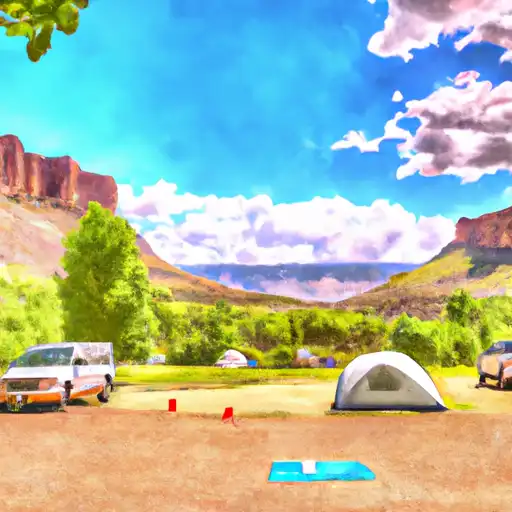 Palisade State Park
Palisade State Park
|
||
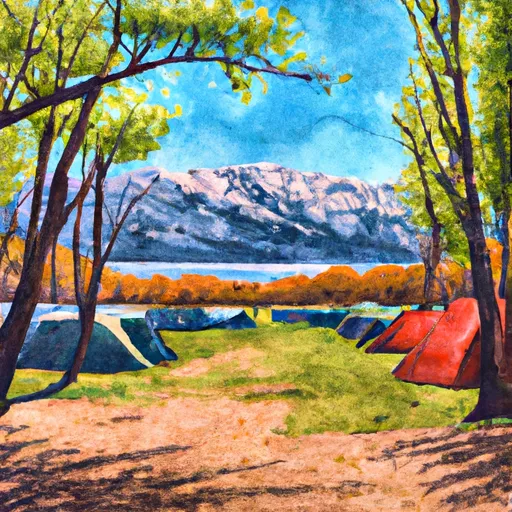 Twin Lake Campground
Twin Lake Campground
|
||
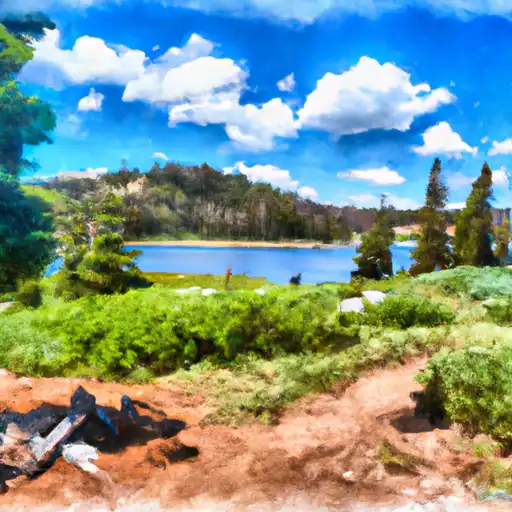 Upper Six Mile Ponds
Upper Six Mile Ponds
|
||
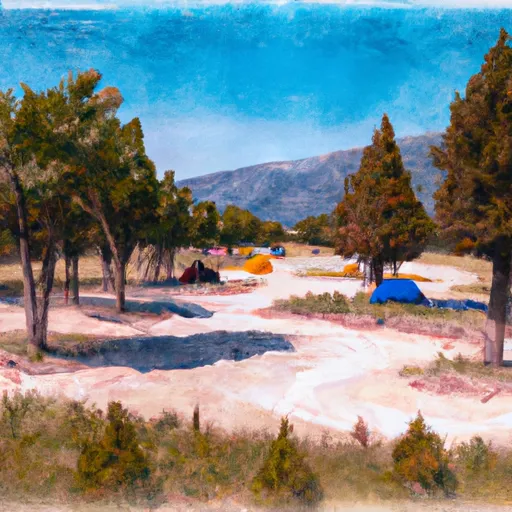 Upper Six Mile Ponds Campground
Upper Six Mile Ponds Campground
|
||
 Manti
Manti
|
||
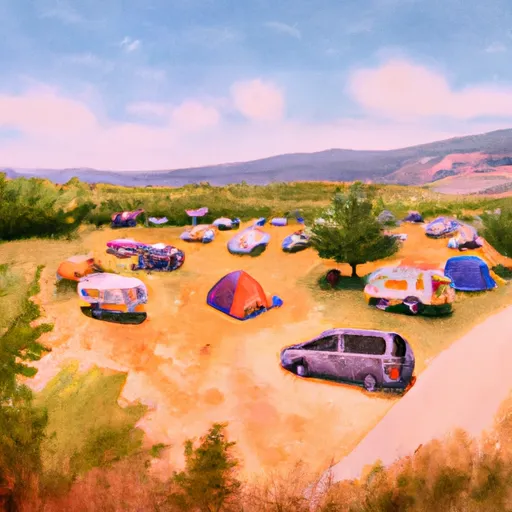 Manti Community Campground
Manti Community Campground
|

 Palisade State Park
Palisade State Park
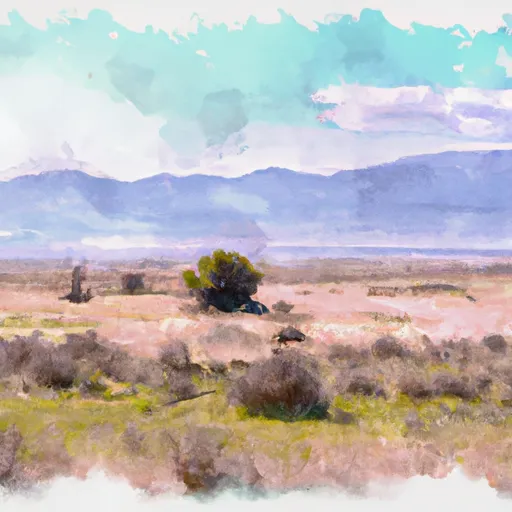 State Wildlife Area 6-Mile
State Wildlife Area 6-Mile
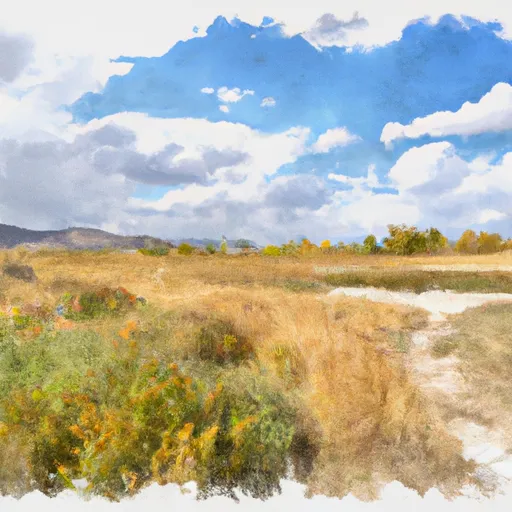 Manit Meadows State Wildlife Area
Manit Meadows State Wildlife Area
 Manti City Park
Manti City Park
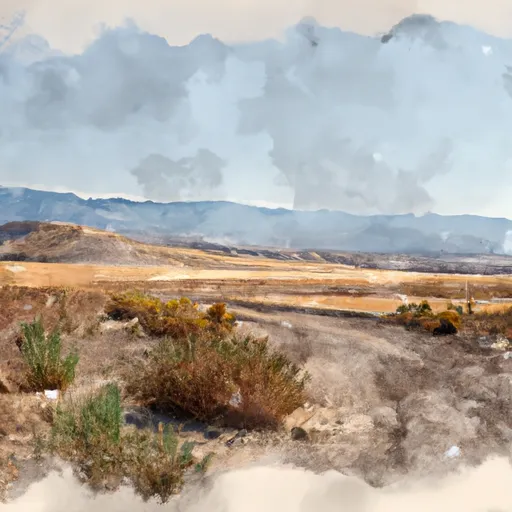 Mainti Face State Wildlife Area
Mainti Face State Wildlife Area